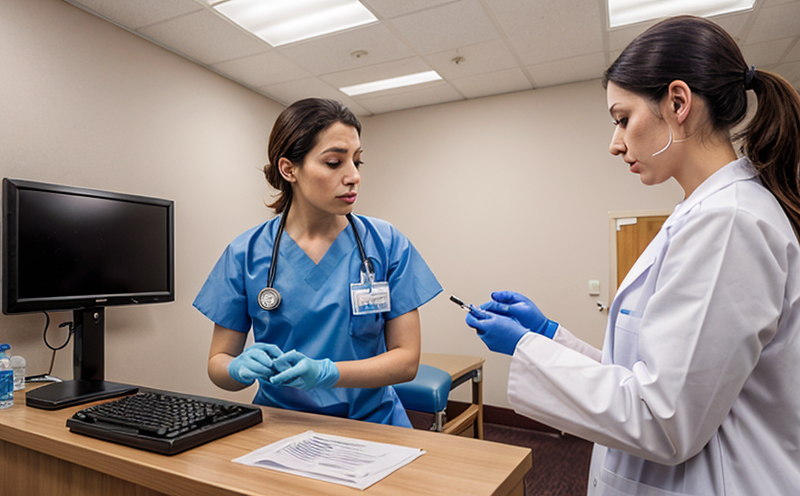Environmental Pollutant Toxicology Testing in Fish
In clinical and healthcare testing, particularly within the realm of Clinical Toxicology & Drug Screening, understanding environmental pollutants is crucial for ensuring public health safety. One specific area of focus involves the assessment of environmental pollutants through toxicological testing in fish. This service ensures that harmful substances do not accumulate to levels that could impact human health or disrupt ecosystems.
The process typically begins with selecting appropriate species of fish, such as rainbow trout or fathead minnows, which are commonly used due to their rapid growth rates and relatively low cost. These organisms serve as sentinel species in environmental toxicology studies because they can accumulate pollutants from the surrounding water. The testing aims to identify potential risks associated with contaminants like heavy metals (e.g., mercury, lead), pesticides, pharmaceutical residues, and other xenobiotics.
The first step involves collecting fish samples under controlled conditions, ensuring that the specimens are representative of the target population in their natural habitat. Specimen preparation includes removing internal organs and preserving them in formaldehyde solution to maintain integrity during analysis. Once collected, these samples undergo various analytical methods tailored to detecting specific pollutants.
One key method used is HPLC (High-Performance Liquid Chromatography), which separates different compounds based on their interaction with the stationary phase of the column and mobile solvent. This technique allows for precise quantification of trace amounts of drugs, pesticides, or other xenobiotics in fish tissues.
Another important tool is GFAA (Graphite Furnace Atomic Absorption Spectroscopy), which measures elemental concentrations such as mercury, arsenic, and lead. This approach provides high sensitivity and selectivity for trace metals analysis.
The results of these analyses are then interpreted against established standards to determine whether the detected levels pose a risk. Compliance with international guidelines ensures that healthcare providers can trust the outcomes when making decisions about patient care or public health measures.
For instance, if high concentrations of certain pollutants are found in fish near industrial discharge sites, further investigation may be warranted to address potential contamination sources and mitigate adverse effects on both aquatic life and humans who consume these organisms. By providing comprehensive testing services focused on environmental pollutant toxicology in fish, laboratories contribute significantly towards safeguarding public health and maintaining ecological balance.
Applied Standards
| Standard Number | Description |
|---|---|
| ISO 17025:2017 | General requirements for the competence of testing and calibration laboratories. |
| ASTM E1615-18 | Standard practice for conducting aquatic toxicity tests with fish. |
| OECD Guidelines for Testing of Chemicals, Section 4: Fish Early-Life Stage Toxicity Test (FELS) | A guideline used globally to evaluate the acute toxicity of chemicals to early life stages of fish species. |
International Acceptance and Recognition
- Laboratories accredited according to ISO 17025:2017 are recognized worldwide for their technical competence in conducting environmental pollutant toxicology tests.
- Results from these laboratories are accepted by regulatory bodies such as the U.S. Environmental Protection Agency (EPA), European Food Safety Authority (EFSA), and World Health Organization (WHO).
Competitive Advantage and Market Impact
- Pioneering expertise in environmental pollutant toxicology testing enhances a laboratory’s reputation among stakeholders.
- Achieving ISO 17025 accreditation sets the stage for participating in international research collaborations aimed at improving global standards of care.
- By offering cutting-edge analytical technologies like HPLC and GFAA, laboratories gain an edge over competitors by delivering accurate and reliable data promptly.





